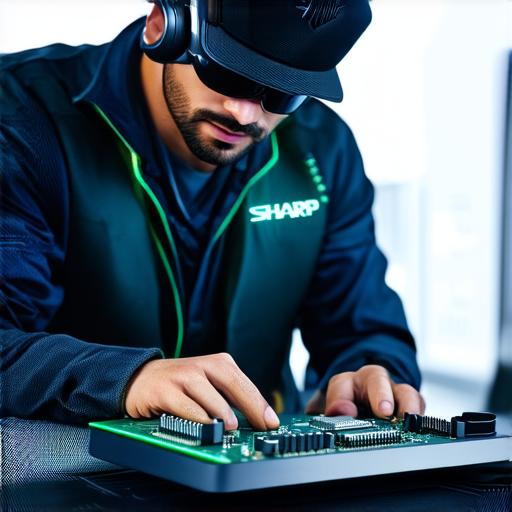Unreal Engine (UE) is one of the most popular game engines on the market today. It provides developers with a powerful set of tools to create immersive 3D environments, interactive experiences, and high-performance games. UE has a vast ecosystem of plugins, assets, and workflows that make it easy for developers to create complex projects quickly.
Hardware Requirements
The hardware requirements for UE development can vary depending on the complexity of the project, the target platform, and the desired level of realism. However, there are some general guidelines that you should follow when building a system for UE development.

CPU and RAM
UE requires a powerful CPU with multiple cores to handle complex calculations and simulations quickly. A minimum of 4GB of RAM is recommended, but ideally, you should have at least 16GB or more. You can check the recommended specifications on UE’s official website.
GPU
The GPU (Graphics Processing Unit) is responsible for rendering graphics in real-time. UE supports a wide range of GPUs, including NVIDIA and AMD. A minimum of a mid-range GPU with at least 4GB of VRAM is recommended. However, for high-end projects that require advanced lighting effects or ray tracing, you may need a more powerful GPU with 8GB or more of VRAM.
Storage
UE requires a large amount of storage space to store project files, textures, and assets. A solid-state drive (SSD) is recommended for faster access times, and it’s essential to have enough space on your system to accommodate the needs of your project.
Software Requirements
In addition to hardware requirements, UE also requires specific software components to function correctly. Here are some of the key software components that you will need:
- Operating System
- Visual Studio or Unreal Editor
- Plugins and Extensions
Best Practices for Configuring Your System
Here are some best practices to follow when configuring your system for UE development:
- Keep Your System Up-to-Date
- Use a Dedicated GPU
- Optimize Your Project Settings
- Use a Virtual Desktop
Real-Life Examples of UE Development
Here are some real-life examples of projects that have been developed using Unreal Engine:
- Fortnite
- Batman: Arkham Knight
- Samaritan
FAQs
Here are some frequently asked questions about hardware and software requirements for UE development:
- What GPU do I need for UE development?
- Can I develop UE on macOS or Linux?
- Do I need a dedicated GPU for UE development?
- Can I optimize my project settings for improved performance?
Summary
Unreal Engine is a powerful game engine that provides developers with a vast ecosystem of plugins, assets, and workflows. To get started with UE development, you will need a powerful CPU and GPU, at least 4GB of RAM, and a solid-state drive (SSD). You will also need to use a dedicated IDE such as Visual Studio or the Unreal Editor and keep your system up-to-date with the latest drivers, patches, and updates. By following these best practices and optimizing your project settings, you can create immersive 3D environments, interactive experiences, and high-performance games using UE.



